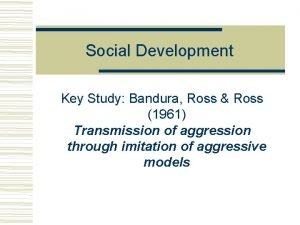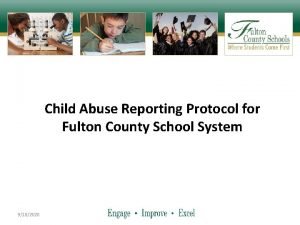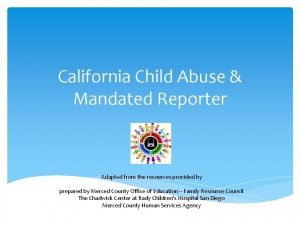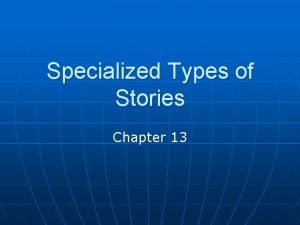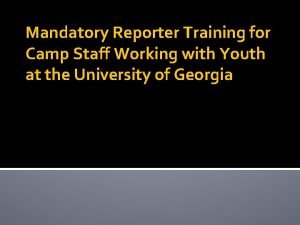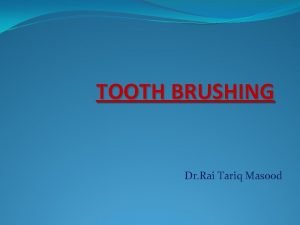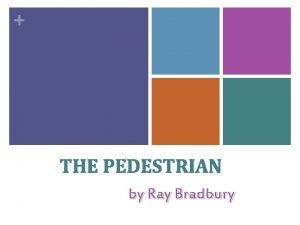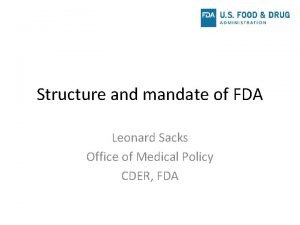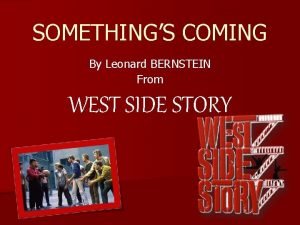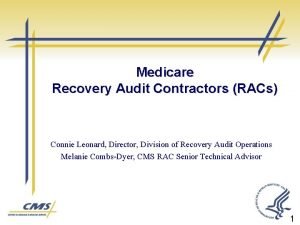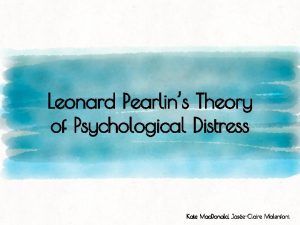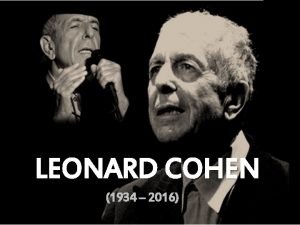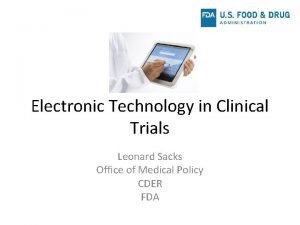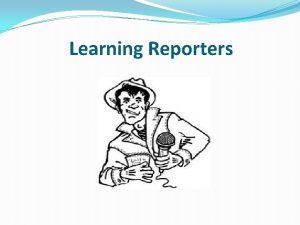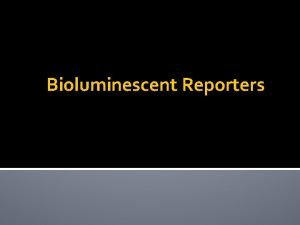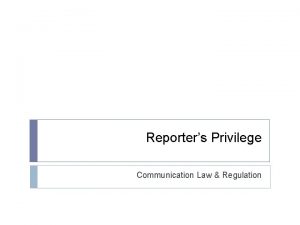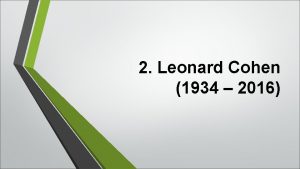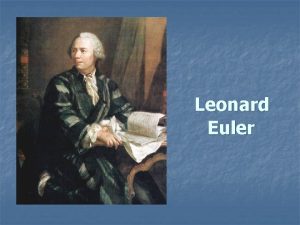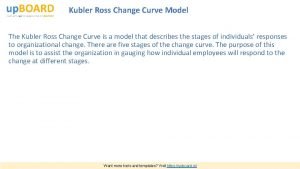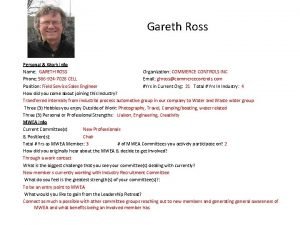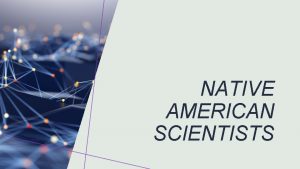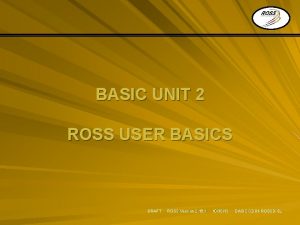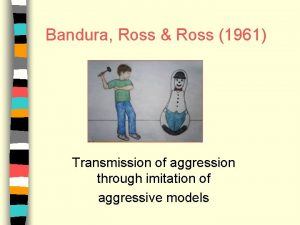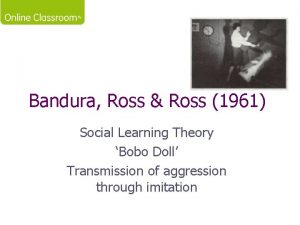Chapter II Types of Assessment Reporters Leonard Ross





















- Slides: 21

Chapter II Types of Assessment Reporters: Leonard Ross Alegre Based Fil-3 A

Assessment is an essential and powerful tool in the teaching and learning process. Moreover, it is a process of obtaining data with which we could measure student competence and learning outcomes. The process begins with the identification of the specific target goals before collecting and interpreting the information. Classifying and synthesizing of the gathered data are possible through the use of the different assessment techniques.

This chapter deals mainly on the discussion of the different types of assessment being used in the teaching and learning process. Some terms are used interchangeably but is essential for the students to distinguish and analyze the concepts, principles, and application of these types of assessment.

In what ways do our students achieve more learning outcomes? What are the ways with which we could measure student’s achievements? Assessment of student learning requires the use of a variety of techniques for measuring outcomes which plays a significant role in the effective teaching and learning processes. In the previous chapter, an overview of the different 21 st century assessment were discussed. Assessment shall be used primarily as quality assurance to track student progress attainment of standards, promote self-reflection, and personal accountability for one’s learning, and provide a basis for the profiling of student program (Dep. Ed No. 73, s. 2012). This chapter presents various techniques and procedures of assessing student learning outcomes which help the teachers in making instructional, curricular or administrative decisions.

1. TRADITIONAL AND AUTHENTIC ASSESSMENT Paper-and-pencil test or quizzes are best examples of traditional assessment which mainly describe and measure student learning outcomes. Most of the time, teachers still engage themselves in the utilization of traditional assessment. Law and Eckes (1995) state that traditional assessments are single-occasion test which measure what learners can do at a particular time.

Traditional assessment are indirect and inauthentic measures of students learning outcomes. This kind of assessment is standardized and for that reason, they are one -shot, speed-based, and norm-referenced (Bailey, 1998). Traditional assessment often focuses on learner’s ability of memorization and recall, which are lower level of cognition skills (Smaldino, 2000).

The commonly reported dimensions of authenticity are grouped into three broad anyone! (Prey, 2012): A. The Context of the Assessment • Realistic activity or context • The task is performance-based. • The task is cognitively complex. B. The Role of the Student • A defense of the answer or product is required. • The assessment is formative. • Students collaborate with each other or with the teacher. C. The Scoring • The scoring criteria are known or student-developed. • Multiple indicators or portfolios are used for scoring. • The performance expectation is mastery.

Make them replicate within reason, the challenges at the heart of each discipline. ” Authentic assessment has four basic characteristics: 1. The task should be representative of performance in the field. 2. Attention should be paid to teaching and learning the criteria for assessment. 3. Self-assessment should play a great role. 4. When possible, students should present their work publicly and defend it.

1. Authentic assessments are direct measures. The main purpose of authentic assessment is to be able to use the acquired knowledge and skills in the real world. Forms of assessment task must be applied in authentic situations. This could be done also by teachers by asking the students to use what they have learned in some meaningful way. (eg. Conducting I science experiment hypothesis testing, developing feasibility study. calculating savings).

2. Authentic assessments capture constructive nature of learning. In a constructivist point of view, learners should create knowledge and meaning based from schemata. Thus, assessments cannot just ask students to repeat information they have received. Students must also be asked to demonstrate that they have accurately constructed meaning about what they have been taught. Moreover, students must be given the opportunity to engage in the construction of meaning. Authentic tasks not only serve as assessments but also as vehicles for such learning.

3. Authentic assessments integrate teaching, learning, and assessment. In the authentic assessment model, the same authentic task used to measure the students' ability to apply the knowledge or skills is used as a vehicle for student learning. Problem solving and decision making skills are best exemplified by this purpose. Students are learning the process of developing a solution to a problem by simply applying the meaningful concepts.

4. Authentic assessments provide multiple paths to demonstration. Students may have different ways by which they could demonstrate what they have learned. Similarly, authentic tasks tend to give the students more freedom on how they will demonstrate what they have learned. By carefully identifying the criteria of good performance on the authentic task ahead of time, the teacher can still make comparable judgments of student performance even though student performance might be expressed quite differently from student to student.

4. Authentic assessments provide multiple paths to demonstration. Students may have different ways by which they could demonstrate what they have learned. Similarly, authentic tasks tend to give the students more freedom on how they will demonstrate what they have learned. By carefully identifying the criteria of good performance on the authentic task ahead of time, the teacher can still make comparable judgments of student performance even though student performance might be expressed quite differently from student to student.

Attributes of Traditional and Performance Assessments Attribute Traditional Assessment Performance Assessment Activity Selecting a response Performing a task Nature of Activity Contrived activity Activity emulates real life Cognitive Level Knowledge/comprehension Application/analysis/synthesis Development of Solution Teacher-structured Student-structured Objectivity of Scoring Easily achieved Difficult to achieved Evidence of Mastery Indirect evidence Direct evidence

2. Formative Evaluation and Summative Evaluation Assessment for Learning pertains to the use of formative evaluation to determine and improve students' learning outcomes. On the other hand, Assessment of Learning uses summative evaluation which provides evidence of students’ level of achievement in relation to curricular learning outcomes.

Formative assessment can be defined more specifically as, “All those activities undertaken by teachers, and by their students in assessing themselves, which provide information to be used as feedback to modijjz the teaching and learning activities in which they are engaged” (Black & William, 1998).

3. Norm and Criterion-Referenced Assessment Norm-referenced assessment gives us information ‘on What the Student can perform by comparing to another student. It describes student performance in the class by comparing to others. Teachers can actually rank the achievement of their students; as a result, there is a limited percentage of competition for those who are high scorers. Criterion-referenced assessment describes the performance of the students without reference to the performance of others which uses preset criteria or predefined and absolute standard or outcomes.

Summary Comparison of Two Basic Approaches to Achievement Principal Use Major emphasis Norm- Referenced Survey Testing Measures individual differences in achievement Criterion-Referenced Mastery Testing Describes tasks students can perform Interpretation of results Compares performance to that of other individual Compares performance to a clearly specified achievement domain Content of courage Typically covers a broad area of achievement Typically focuses on a limited set of learning tasks Nature of test plan Table of specifications is commonly used Detailed domain specifications are forced Item selection procedures Items are selected that provide discrimination among individuals maximum Includes all times needed adequately to describe performance. Performance standards Level of performance is determined by relative position in some known group (ranks fifth in a group of 20) Level of performance is commonly determined by absolute standards

4. Contextualized and Decontextualized Assessment In contextualized assessment. the focus is on the students' construction of functioning knowledge and the students' performance in application of knowledge in the real work context of the discrpline area. Assessment tasks reflect the goal of learning it uses performance-based tasks which are authentic in nature.

5. Analytic and Holistic Assessment Analytic assessment refers to specific approach in the assessment of learning outcomes. in this procedure, students are given feedback on how well they are doing on each important aspect of specific task expected from them. Assessment then is made specific based on the importance of the performance. With this, assessment shouldn't be undertaken in part but must address the whole performance. ‘

Thank You for Listening !!
 Contextualized and decontextualized assessment slideshare
Contextualized and decontextualized assessment slideshare Bandura ross and ross
Bandura ross and ross Georgia dfcs investigation protocol
Georgia dfcs investigation protocol Do mandated reporters have immunity under canra
Do mandated reporters have immunity under canra Four types of stories
Four types of stories What is a mandatory reporter
What is a mandatory reporter Leonard de vinci
Leonard de vinci Charters brushing method
Charters brushing method Pedestrian by ray bradbury
Pedestrian by ray bradbury Leonard sacks fda
Leonard sacks fda Leonard bernstein something's coming
Leonard bernstein something's coming What is the word according to leonard bloomfield?
What is the word according to leonard bloomfield? Connie leonard cms
Connie leonard cms Leonard de vinci bagneux
Leonard de vinci bagneux Autoportrait leonard de vinci
Autoportrait leonard de vinci Pearlin theory
Pearlin theory Leonard di vinci
Leonard di vinci Chris norman zyciorys
Chris norman zyciorys Leonard pearlin's theory of psychological distress
Leonard pearlin's theory of psychological distress I have not lingered in european monasteries
I have not lingered in european monasteries Leonard sacks fda
Leonard sacks fda The dark strangler
The dark strangler

